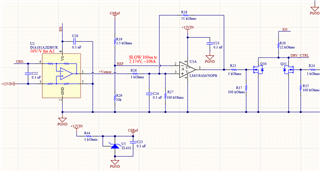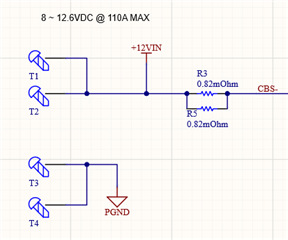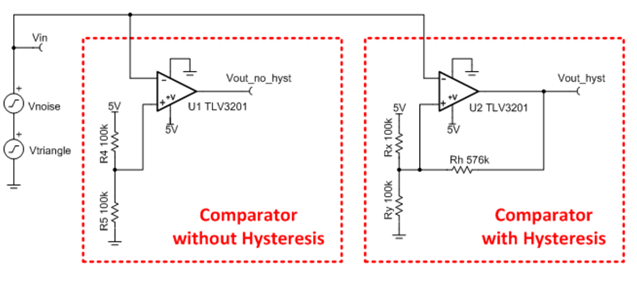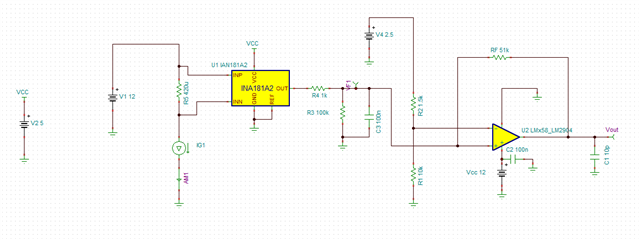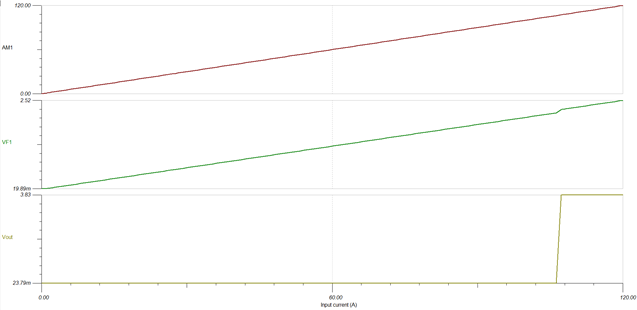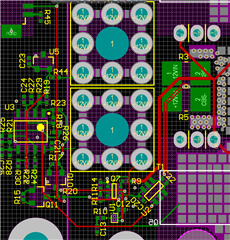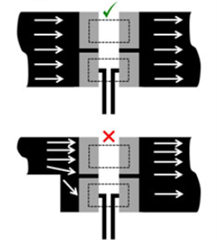Other Parts Discussed in Thread: LM358, TINA-TI, INA381
I have had several INA181 parts die on me where the output goes to VS (which is 3.3V). I'm sensing current in my 12 V line, and at times I have a INA181 that just dies. Would it fail if I had 12V at my sense resistor but my Vs was not applied yet? Or, if the Vs voltage was turned off before the 12V at my sense resistor?



